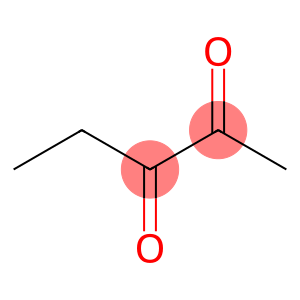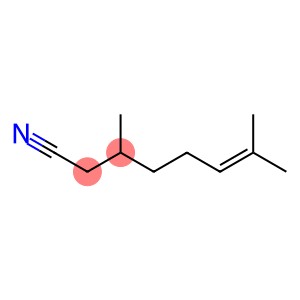2,6-Dimethyl-2-Octanol(CAS#78-69-3/18479-57-7)
Risk and Safety
| Hazard Symbols | Xi – Irritant |
| Risk Codes | R36/37/38 – Irritating to eyes, respiratory system and skin. R36/38 – Irritating to eyes and skin. |
| Safety Description | S26 – In case of contact with eyes, rinse immediately with plenty of water and seek medical advice. S36 – Wear suitable protective clothing. S37/39 – Wear suitable gloves and eye/face protection |
| UN IDs | NA 1993 / PGIII |
| WGK Germany | 1 |
| RTECS | RH0905000 |
| HS Code | 29051990 |
2,6-Dimethyl-2-Octanol(CAS#78-69-3/18479-57-7)
Brief introduction
3,7-Dimethyl-3-octanol is an organic compound. The following is an introduction to its properties, uses, manufacturing methods and safety information:
Quality:
3,7-Dimethyl-3-octanol is a colorless to pale yellow liquid with a pungent flavor. It has a comparatively low density while a comparatively high viscosity. It is a non-flammable compound.
Uses: It is also used as a solvent, thinner, and lubricant. It can also be used as an intermediate in the synthesis of other organic compounds.
Method:
3,7-dimethyl-3-octanol is usually prepared by a methanol solution of methanol and octanol with hydrogen catalytic hydrogenation. The catalyst is usually a copper or nickel catalyst.
Safety Information:
When used and stored correctly, 3,7-dimethyl-3-octanol is a relatively safe compound. As an organic solvent, it may have some toxicity to the brain and central nervous system. Avoid contact with fire sources and keep away from flames or high temperatures. In the event of an accidental leak, appropriate measures should be taken immediately to deal with it and avoid inhaling vapors or contact with skin and eyes. If you feel unwell, you should seek medical attention immediately.








